Medical Aviation Heroes
The radio crackles at 2:47 AM. “Mercy One, we have a five-year-old with severe respiratory distress in Kotzebue, Alaska. Weather’s marginal, but the child won’t make it until morning.” Captain Sarah Mitchell checks the weather and makes the call that defines medical aviation: “We’re going.”
Twenty minutes later, her King Air lifts off into a wall of snow, carrying hope to a remote village where a little girl fights for every breath.
This is medical aviation—where pilots don’t just transport passengers, they carry miracles , hope’s and lives.
The Angels Among Us
Every day across America, volunteer pilots fire up their engines not for business trips, but to give someone else a chance at life. These Angel Flight pilots donate their time, aircraft, and fuel costs to transport patients to unreachable medical care.
Captain Jim Rodriguez, a retired American Airlines pilot, has completed 500 Angel Flight missions—thousands of hours representing immeasurable impact on families in crisis.
“My first memorable flight was Emma, a seven-year-old with brain cancer,” Rodriguez recalls. “Her family lived in rural Texas, needing treatment in Houston. The drive would have been eight hours each way, multiple times per week.”
Rodriguez’s Cirrus SR22 became Emma’s lifeline. Three times weekly for six months, he made the round trip. Today, Emma is cancer-free and in high school.
“She sends me a Christmas card every year. That’s why we do this.”
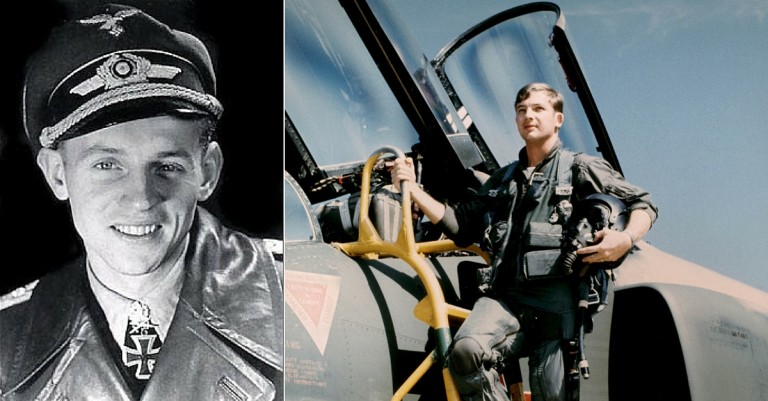
Where Roads End, Wings Begin
Bush pilots are medical aviation’s daredevils—nowhere more so than Alaska, where geography and weather make every evacuation a test of skill and nerve.
Captain Mike Hageland has flown Alaskan medical evacuations for three decades. Alaska has 250+ remote villages with no road access across 665,000 square miles. For many Alaskans, air ambulance isn’t luxury—it’s the only way to reach life-saving care.
Last winter, Hageland received a call about a woman in labor with complications 400 miles from Anchorage. Temperature: -30°F. Winds: 40 knots. Visibility: quarter mile. Commercial flights cancelled for two days.
“I knew if I didn’t go, she might not make it,” Hageland explains. Three hours later, fighting turbulence and ice, he landed on a barely visible gravel strip. Mother and baby reached Anchorage safely.
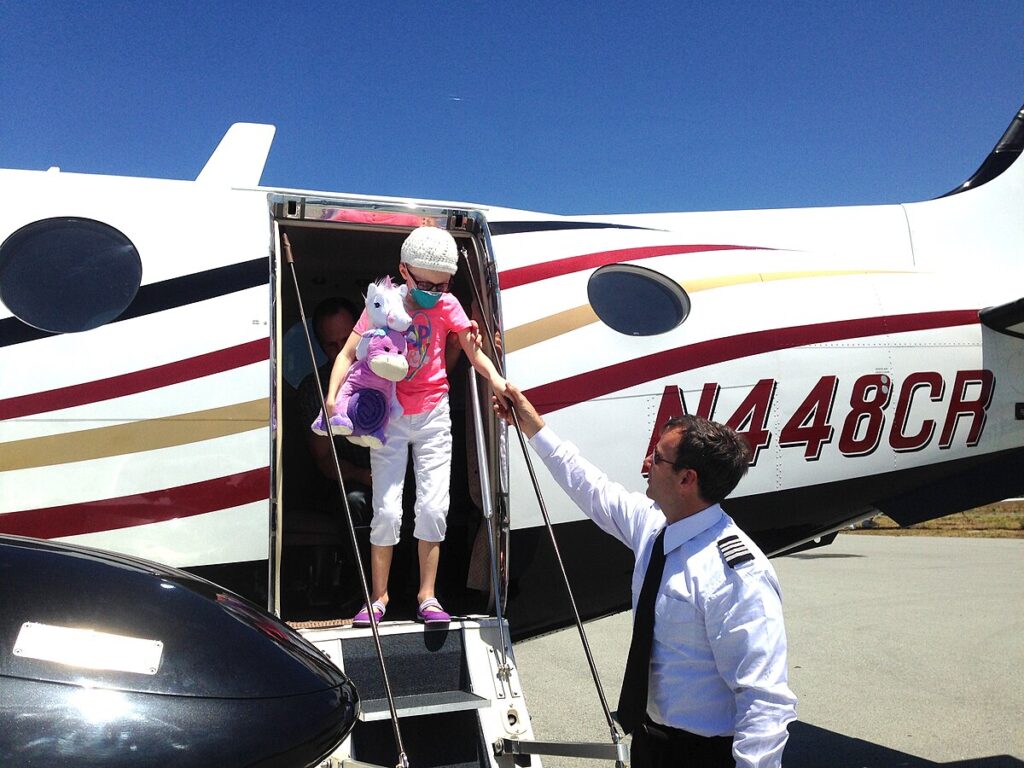
The Urban Air Cavalry
Urban medical aviation faces different challenges: time, traffic, and emergency medicine at 120 knots.
Flight nurse Lisa Chen and pilot Captain Tom Williams fly LifeFlight in Denver, responding to everything from highway accidents to mountain rescues in their Eurocopter EC145.
“Every flight races against the Golden Hour,” Chen explains. “After traumatic injury, the first hour is critical. We get patients from remote scenes to trauma centers in fifteen minutes instead of an hour by ground.”
Their aircraft is a flying ICU: ventilators, defibrillators, blood products, surgical lighting. Chen performs complex procedures while Williams navigates between skyscrapers and mountain winds.
During a multi-car mountain accident, they landed on a narrow ledge fifty feet from the wreck. Chen rappelled down with equipment while Williams kept rotors turning, stabilizing a six-year-old with internal bleeding for direct airlift to Children’s Hospital.
The boy recovered completely—another coordination victory between skilled pilot and medical crew.
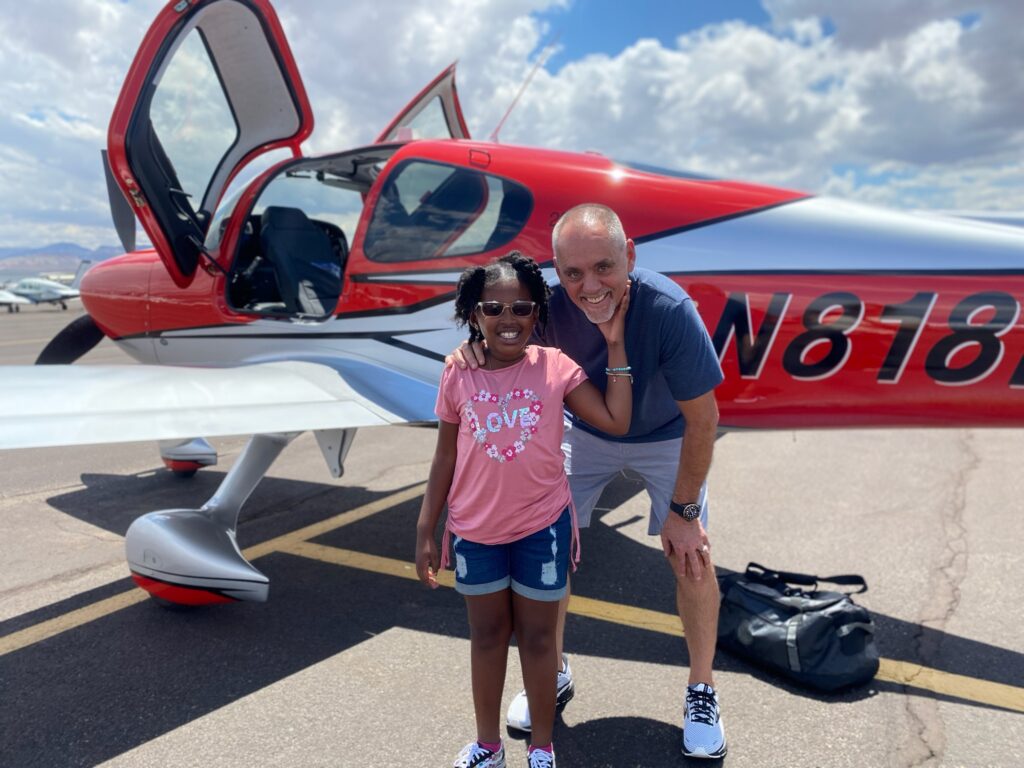
The Technology Revolution
Modern medical aviation relies on technology that seemed like science fiction decades ago. GPS navigation finds remote sites in zero visibility. Real-time weather radar navigates around storms. Night vision systems make midnight rescues manageable.
Captain Jennifer Walsh flies Boston MedFlight’s Agusta A109, witnessing technological transformation firsthand.
“Twenty years ago, night rescue in bad weather was incredibly dangerous,” Walsh explains. “Now, with synthetic vision and enhanced flight vision systems, I see runway lights and obstacles clearly in conditions that would have grounded us.”
Recent evolution shows in her aircraft’s climate-controlled, vibration-isolated medical compartment allowing delicate in-flight procedures. Satellite communication transmits vital signs and patient data real-time to emergency rooms.
The Emotional Weight
Medical aviation pilots face harsh reality: they can’t save everyone. Captain Dave Morrison has flown organ transplant missions for fifteen years, racing against time in his Learjet 35.
“Three years ago, we had a heart for a Dallas teenager,” Morrison recalls. “Weather delayed us forty minutes—forty minutes we couldn’t spare. By arrival, it was too late.”
These losses balance against remarkable victories. Morrison’s logbook contains 200+ thank-you letters from transplant recipients and families—people who received second chances because he flew through storms and pushed aircraft to limits.
“On hard days, when we lose someone or weather beats us, I read them. They remind me why this matters.”
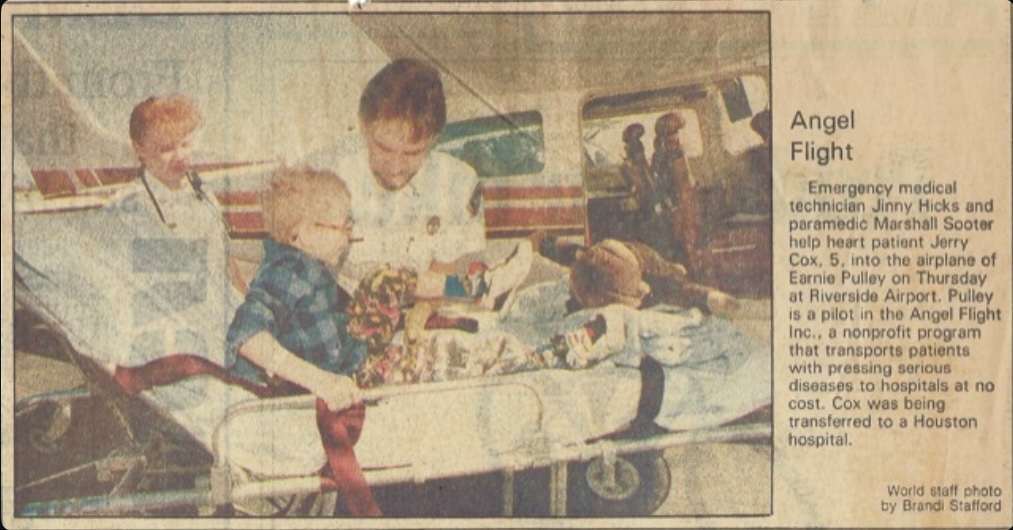
The Indian Challenge: Regulatory Roadblock
While medical aviation thrives globally, India despite massive population and geographic barriers—remains largely unable to implement similar programs due to regulatory over-standardization.
India’s need is undeniable. Remote villages in Ladakh and Arunachal Pradesh face Alaskan-level isolation. Mumbai’s traffic creates the same time-critical challenges as major American cities. Monsoons regularly cut regions from ground medical care.
Dr. Rajesh Khurana, a Delhi emergency medicine specialist, sees daily potential. “We lose patients not from lacking expertise, but because they can’t reach us in time. A helicopter could turn three-hour Delhi ambulance journeys into fifteen-minute flights.”
DGCA’s Regulatory Stranglehold
The Directorate General of Civil Aviation (DGCA) has created over-standardized regulations stifling flexible, rapid-response medical operations.
Captain Amrita Singh, former Indian Air Force pilot, attempted starting volunteer medical transport similar to Angel Flight. “I spent two years seeking approvals,” Singh recounts. “DGCA wanted detailed flight plans filed days advance. They required specific approvals for each landing site. They insisted on paperwork assuming every flight was scheduled commercial operation, not emergency medical response.”
Specific hurdles preventing Indian medical aviation include:
Advance Planning Requirements: Flight plans need significant advance notice. Medical emergencies don’t operate on bureaucratic schedules.
Landing Site Restrictions: Every location needs pre-approval taking months or years. Medical aviation requires flexible landing at small airstrips, hospital helipads, or emergency fields.
Insurance Gaps: India lacks legal frameworks protecting volunteer medical pilots. Without liability protection, few risk licenses and assets.
Import Barriers: Medical equipment modifications face prohibitive duties. Basic air ambulance configuration costing $50,000 in America costs over $200,000 in India after compliance.
The Human Cost
Dr. Khurana estimates effective medical aviation could save thousands of Indian lives annually. “During 2013 Uttarakhand floods, we watched people die who could have been saved with emergency medical aviation framework,” recalls Captain Singh. “Operators wanted helping, doctors ready to fly, but paperwork made rapid rescue impossible.”
Countries like South Africa and Brazil successfully implement medical aviation despite similar challenges because regulators recognize medical aviation needs different frameworks than commercial service.
Training the Next Generation
As veterans retire, organizations train next-generation airborne lifesavers. Requirements include commercial licenses, instrument ratings, extensive weather experience, and emotional resilience for life-death situations.
Captain Rodriguez now serves as check pilot, evaluating volunteers. “It’s not just flying skills. Medical aviation requires judgment, patience, and humility to turn back when unsafe. Heroic attitudes kill people.”
“We tell new pilots that turning back isn’t failure. Our job is helping people, not becoming another emergency.”
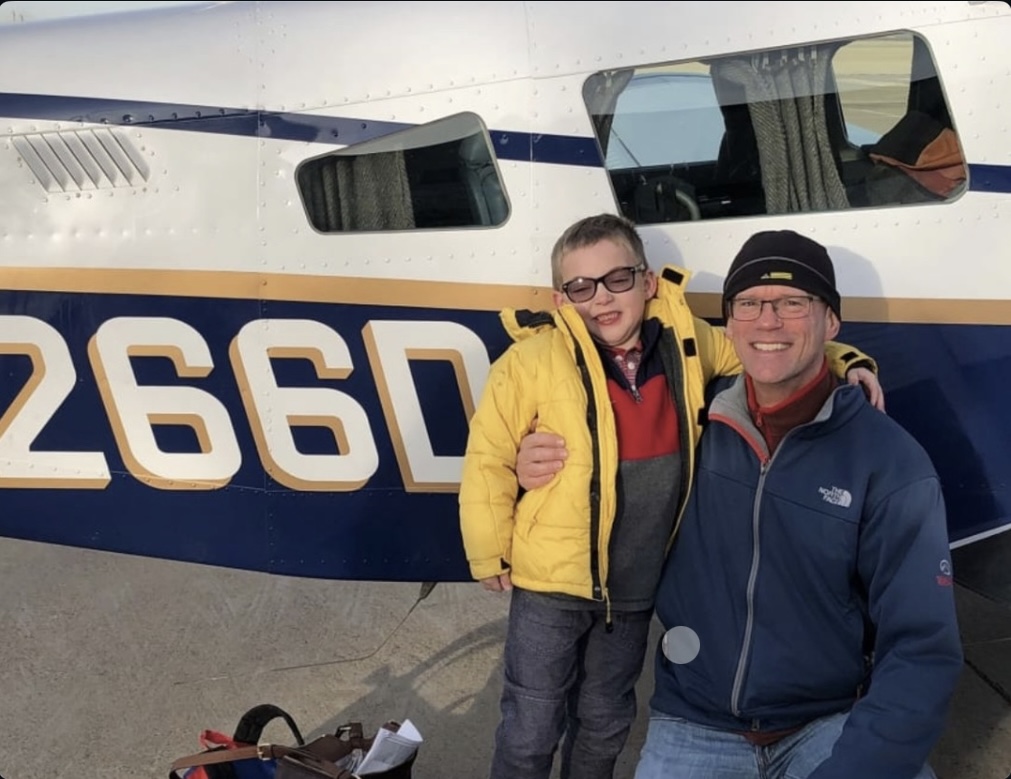
Looking Forward
Future medical aviation includes autonomous aircraft for 24/7 remote transport and electric vertical takeoff aircraft for efficient urban service. Rwanda’s drones already deliver blood products, cutting delivery from hours to minutes.
But technology won’t replace the human element defining medical aviation heroism.
“At day’s end, it’s people helping people,” reflects Captain Mitchell. “The little girl with respiratory problems—Sophia. I got her kindergarten photo last month. Healthy, smiling, ready for the world. That’s why we do this.”
Want more aviation insights like this? Subscribe to our blog or follow us on Instagram @eazypilotindia for weekly content on flight training, career tips, and aviation news.